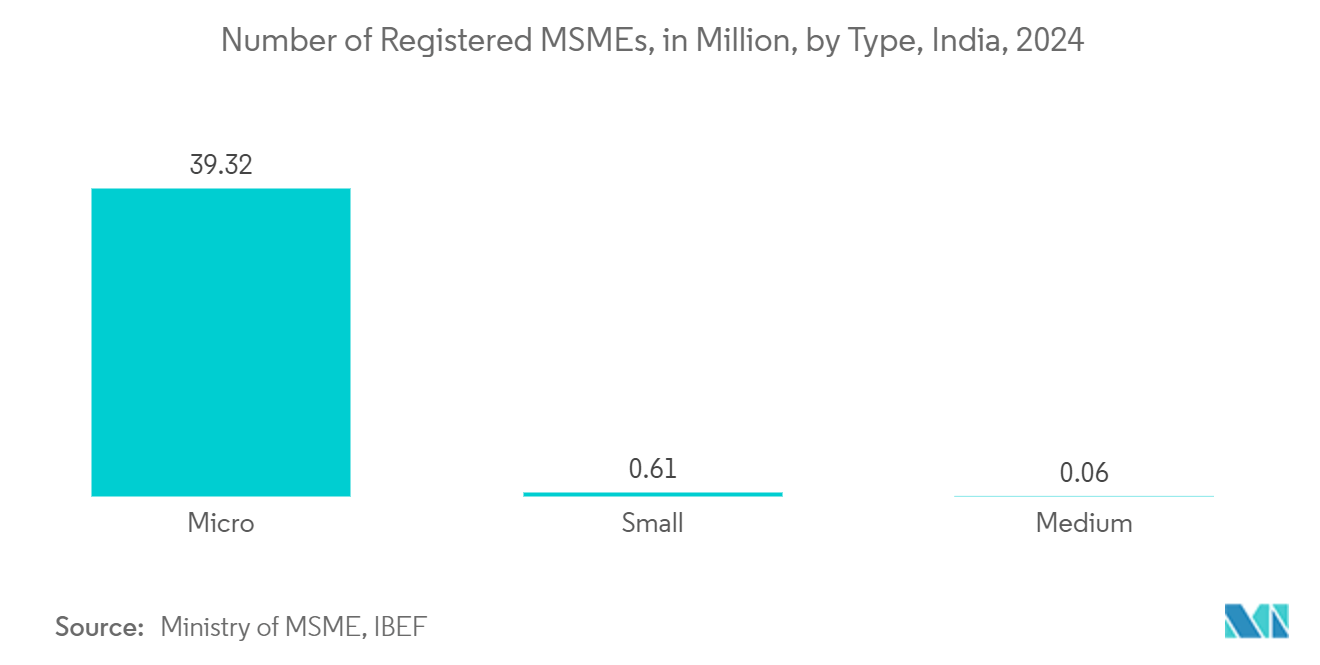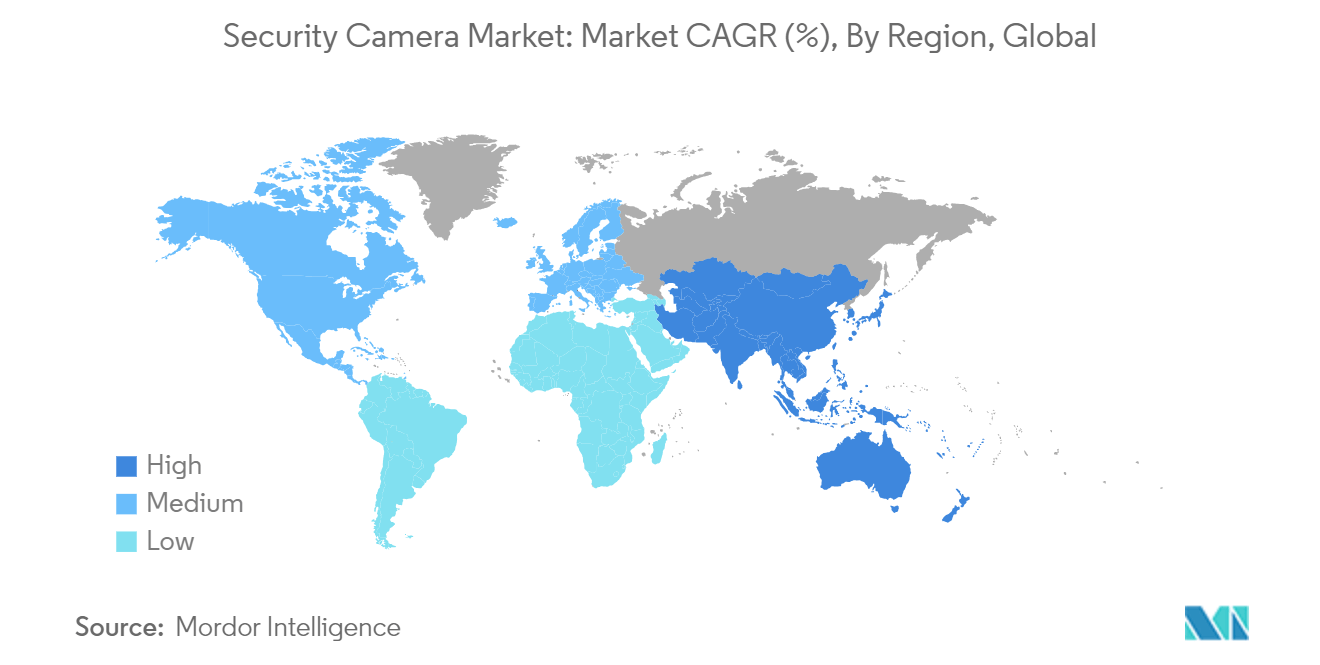Market Trends of Security Camera Industry
Enterprise End-User Segment is Expected to Hold Significant Market Share
- Heightened security measures in commercial and office spaces are increasingly essential. Businesses grapple with risks like theft, vandalism, and workplace violence, which can result in significant financial losses and tarnished reputations. Consequently, companies are ramping up investments in surveillance systems to safeguard their assets, employees, and clientele.
- Security cameras are a formidable deterrent against theft, vandalism, and break-ins. By installing surveillance cameras at commercial properties, owners can deter anti-social behavior and enhance safety for all members. Furthermore, in non-retail businesses, safeguarding company assets and intellectual property is paramount, especially since employees can sometimes compromise these. Security cameras play a crucial role in monitoring and preventing such incidents.
- Commercial enterprises are increasingly drawn to advancements in surveillance technology. The security cameras boast features like high-definition video, sophisticated analytics, and remote monitoring. Such innovations bolster security and yield valuable insights into business operations, empowering companies to make informed decisions. This dual advantage of enhanced security and operational efficiency propels adoption across diverse sectors.
- Moreover, the growing trend of smart buildings and the integration of IoT technologies are shaping the market landscape. Numerous enterprise spaces adopt smart technologies to enhance management efficiency and bolster security measures. The demand for security cameras capable of connecting to IoT devices and delivering real-time data analytics is rising, further fueling the demand of the market.
- Considering the benefits, the proliferation of smart cameras is also increasing in small and medium enterprise segments. With the SME segment continuing to grow at a significant rate, the market is anticipated to be served with substantial growth opportunities. In 2024, according to the Ministry of Micro, Small and Medium Enterprises (India) and India Brand Equity Foundation (IBEF), India has about 39.32 million registered micro-enterprises.

North America is Expected to Hold Significant Market Share
- Heightened public awareness of safety concerns is driving demand for security systems in the region. High-profile incidents of crime, terrorism, and domestic disturbances have intensified concerns for safety in both residential and commercial settings. This heightened vigilance increases investments in security systems, particularly surveillance cameras, as individuals and businesses strive to protect their assets.
- North America, especially in the United States, is a hub for leading technology firms and innovators in the security domain and witnesses rapid developments. Innovations like high-definition cameras, AI-driven analytics, and cloud-based storage solutions have rendered advanced security systems more accessible. As awareness of these innovations grows, so does the adoption of cutting-edge surveillance solutions among businesses and consumers.
- In addition, the region's government is strengthening its cybersecurity infrastructure, which is leading to the growth of the market. According to the US Congressional Budget Office, the U.S. government proposed a budget of USD 12.72 billion for cybersecurity in fiscal year 2024, marking an increase from the prior year. These federal funds are allocated to bolster a comprehensive cybersecurity strategy that is anticipated to reduce the risk of hacking issues of security cameras, enhancing the consumer's trust in the technology, and thereby driving the growth of the market.
- Regulatory frameworks and compliance mandates are steering the market. Financial, healthcare and retail industries face stringent security and data protection regulations. These mandates often lead to installing surveillance systems, ensuring a consistent demand for security cameras across various sectors.
- The rising instances of smart homes and the integration of IoT are fueling the growth of the market. North American homes are increasingly embracing smart technologies to elevate urban living, with advanced surveillance systems being a key component. Connecting security cameras to smart home infrastructures enhances monitoring and data analysis capabilities, further boosting demand.


